Located in the wonderful Italian region of Lombardy, Busto Arsizio is a city full of life that combines history, culture and modernity. Located 30 kilometers north-west of Milan, the charming city is often visited by others, providing the only place for those who have access to an Italian experience away from the crowds.
Busto Arsizio has a place on the list dating back to Roman times, and traces of its ancient past are visible. As you stroll through the historic center of the city, you’ll notice cobbled streets that lead past historical Renaissance and Baroque buildings. The Church of San Michele Arcangelo, with its stunning frescoes and intricate architecture, is an extremely interesting place for accessible history and art.
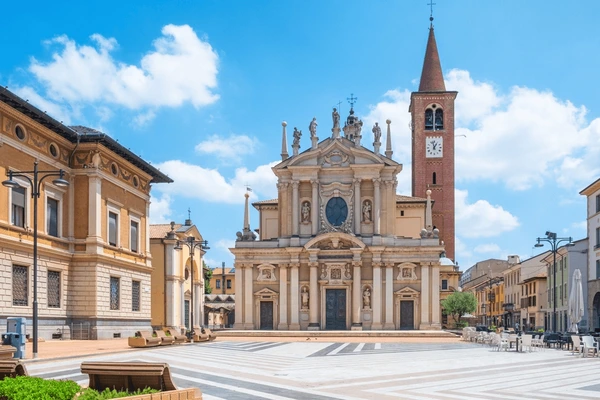
Busto Arsizio is a city and comune in the Lombardy region, Varese province, Italy.
There is a Busto Arsizio railway station in the town.
They were born here:
Silvio Luoni – papal diplomat, archbishop,
Caterina Bosetti – Italian volleyball player,
Mina – Italian singer.
SIGHTSEEING
Museum of Textiles and Industry of Busto Arsizio
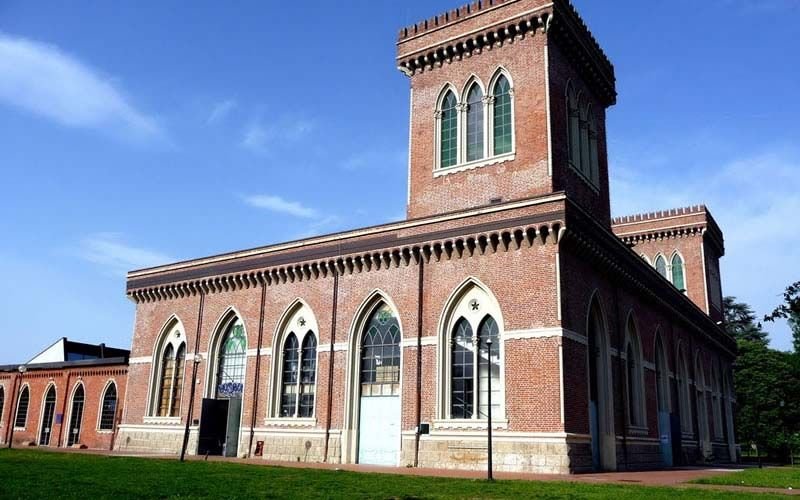
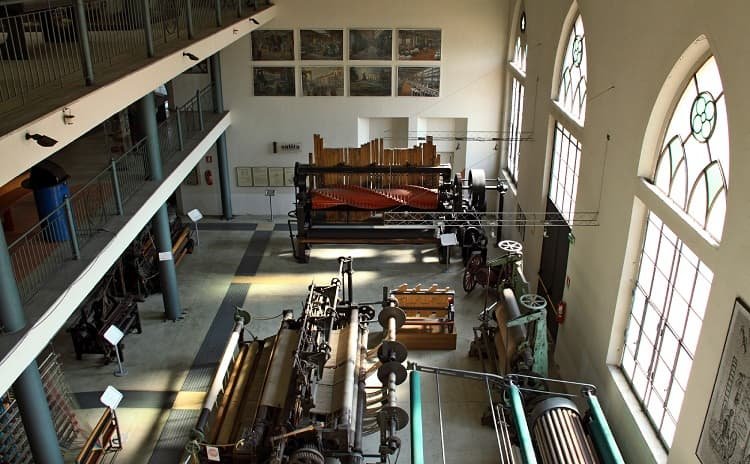
While in Busto Arsizio, it is worth visiting the Museum of Textiles and Industry, located in the former cotton mill of Carlo Ottolini, one of the main factories in the area and an important example of industrial archaeology. The spinning department was established in 1891-1896. After the 1970s, the spinning activity was moved to Valle Olona, and the abandoned factory was taken over by the municipality of Busto Arsizio, which, after careful renovation, founded the Museum of Textiles and Industry in 1997, and also created the public park surrounding it to this day. The museum’s exhibition path extends over three floors.
Church of Saint John Baptist
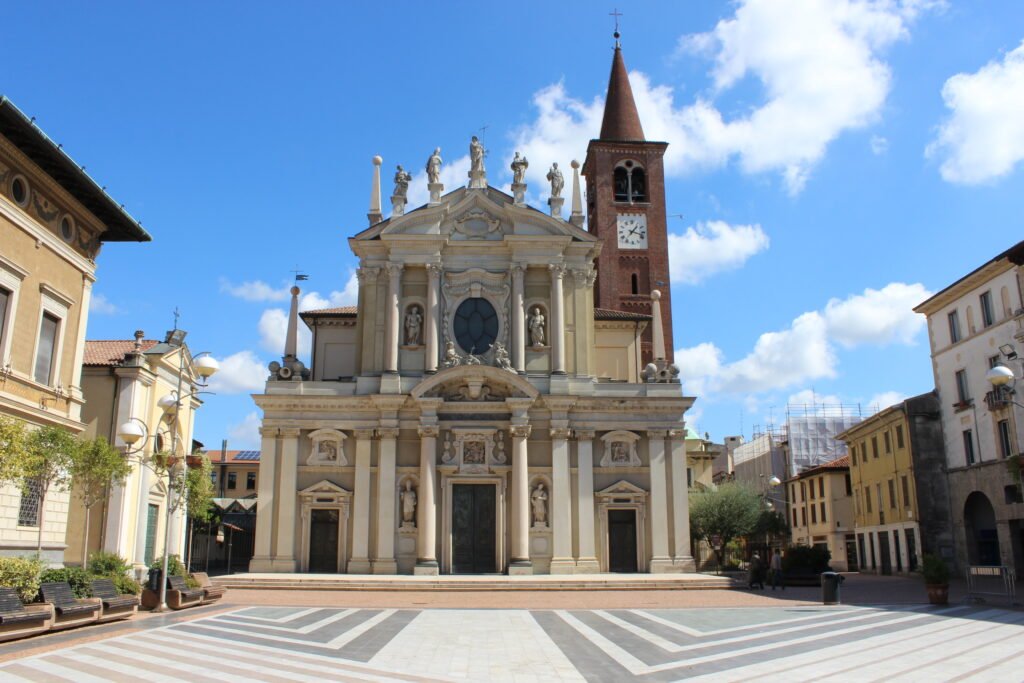
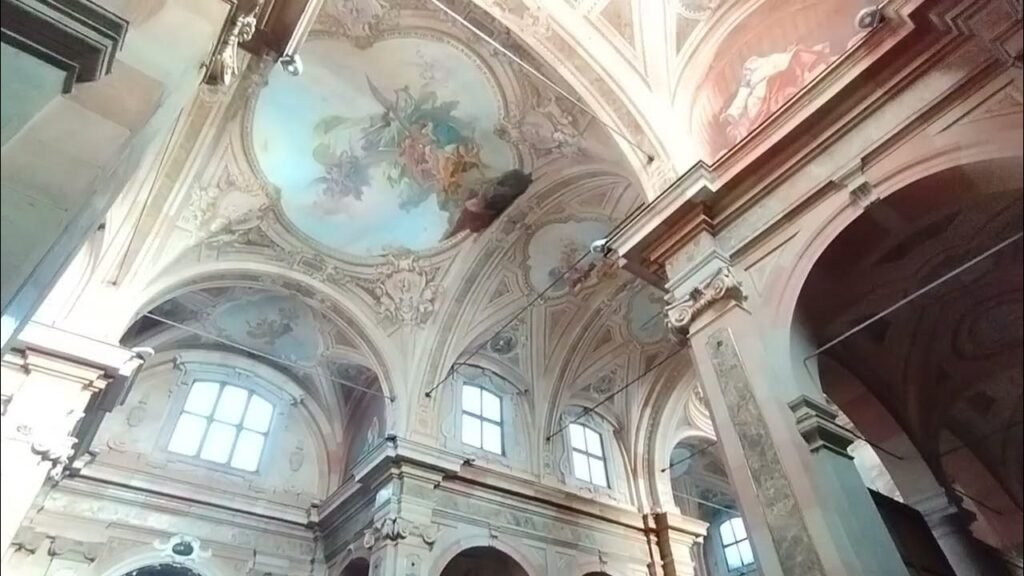
The Basilica of St. John Baptist, dedicated to one of the patron saints of the city, is the largest church in Busto Arsizio. It is located in the city center, a few hundred meters from the Renaissance Sanctuary of Saint Mary at the Square. The interior of the basilica is marked by the work of Biagio Bellotti, painter, architect, organist, writer, choreographer and canon of Busto Arsizio born in 1714 and died in 1789.
Monumental Cemetery
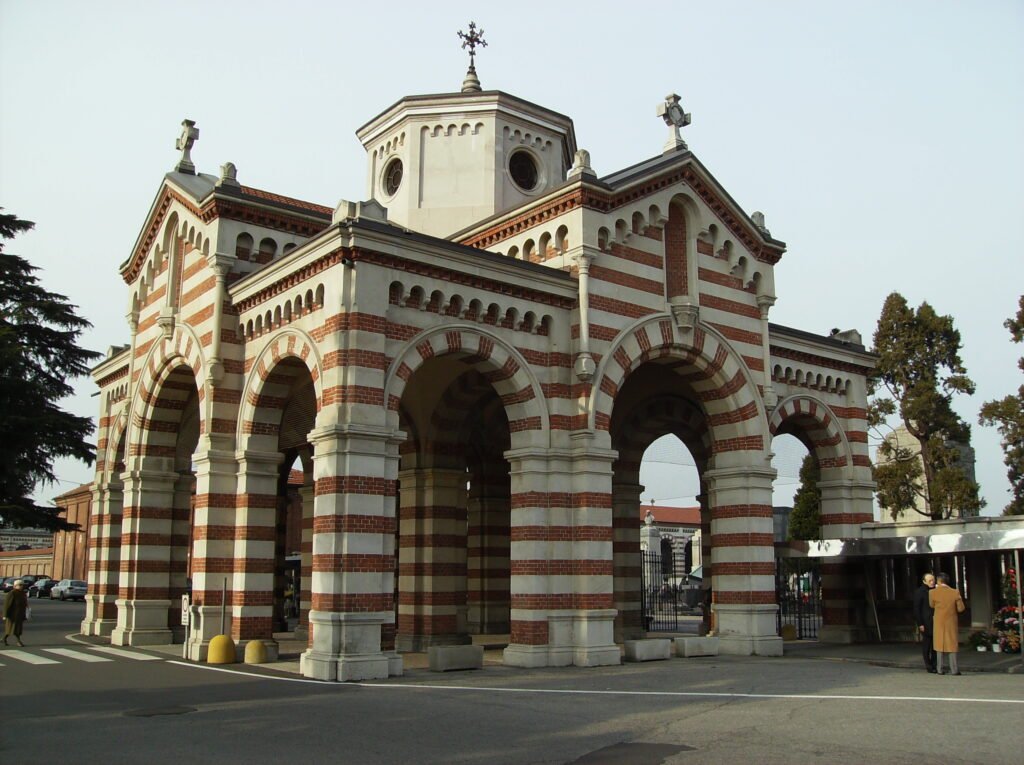
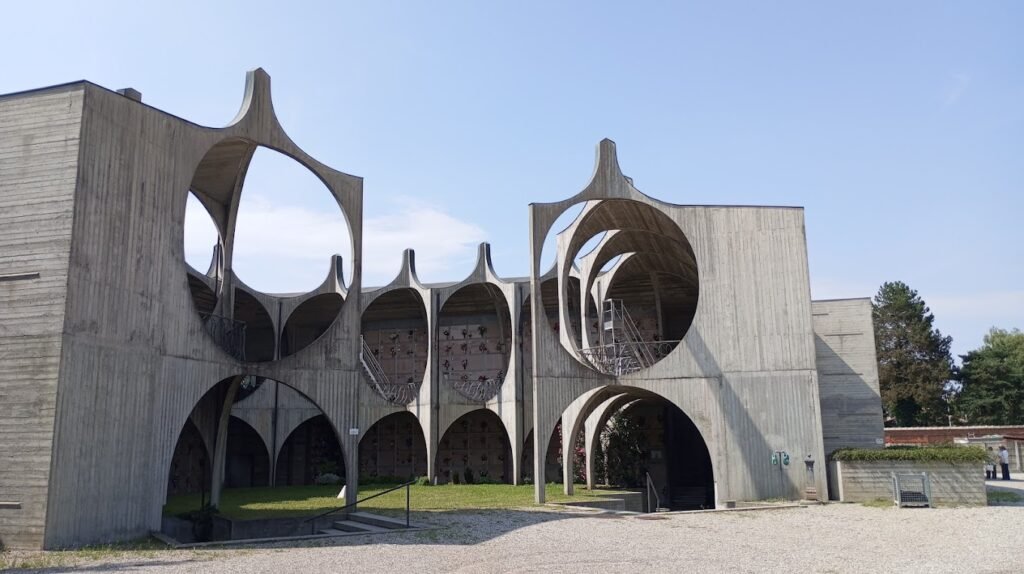
The monumental cemetery is dating to the end of the nineteenth century, when the previous space proved to be insufficient, it was inaugurated in 1894. Not just a place of memory, but a true open-air museum. It is the result of the talent of Ercole Seves, who was inspired by the famous Cemetery of Milan. Among its paths, you can admire funerary works of art, such as the Ottolini mausoleum, an expression of the prestige of the Bustese cotton mill family, adorned with a bronze statue of the Christ by Pisani. This space is not just a place of eternal rest, but a crossroads of culture and art where Liberty elements blend with stories of lives from the past.
Agorà della Scherma
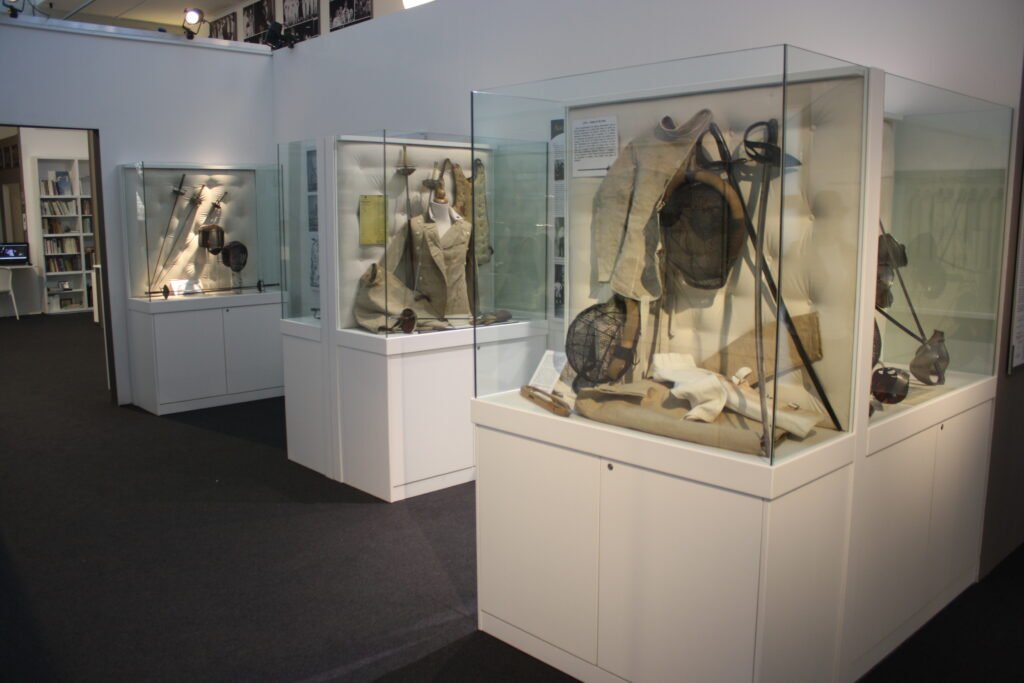
The Agorà della Scherma is a museum entirely dedicated to fencing located in Busto Arsizio, in the former Bustese Cotonificio. It was founded in 2012 at the behest of Cesare Vago, president of Pro Patria Scherma, a more than one hundred year old sports club which is based in the rooms adjacent to the museum, with the support of the municipal administration of Busto Arsizio and the Italian Fencing Federation.
The main nucleus of the museum is made up of the collection including foils, sabers and sporting, dueling and military swords, bayonets, training equipment of fencers, masks, gloves and plastrons. Inside the museum there are also pieces from Nedo Nadi’s personal collection purchased by the master Giancarlo Toràn, curator of the museum. In addition to the numerous objects, the museum has the presence of various documents, treatises, books and jurisprudence texts on dueling, in particular focused on the history of sporting fencing from the second half of the 19th century. The museum’s collection is completed by numerous photographs and films from various periods.
Marliani Cicogna Palace
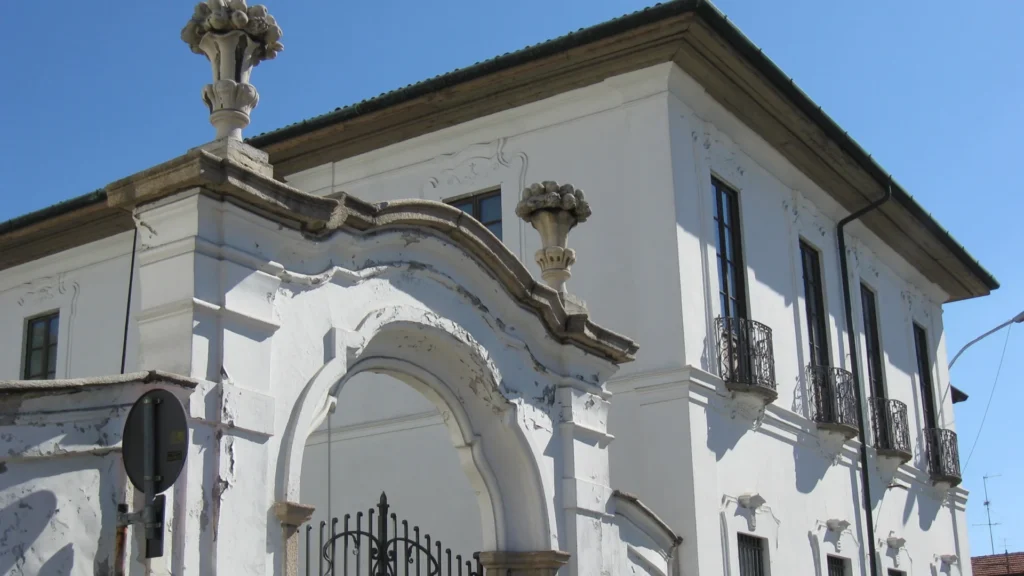
The Marliani-Cicogna palace: Once the residence of the Marliani counts, prominent landowners between the sixteenth and eighteenth centuries, today this place has been transformed into a cultural melting pot that houses the municipal library along with valuable art collections. Count Luigi Marliani decided to make his home in this location in 1624, transforming a rural structure into a true noble palace, embellished in the following decades by internal courtyards and a portico that opens onto a lush garden.
The transition to the Cicogna family marked another chapter in its existence, until, in 1822, the Municipality acquired the building, undertaking a process of adaptation and enhancement. There were episodes of tension, such as the destruction of the stone lion, symbol of the Marliani, during the unrest of 1910.
Church of Madonna in Prato
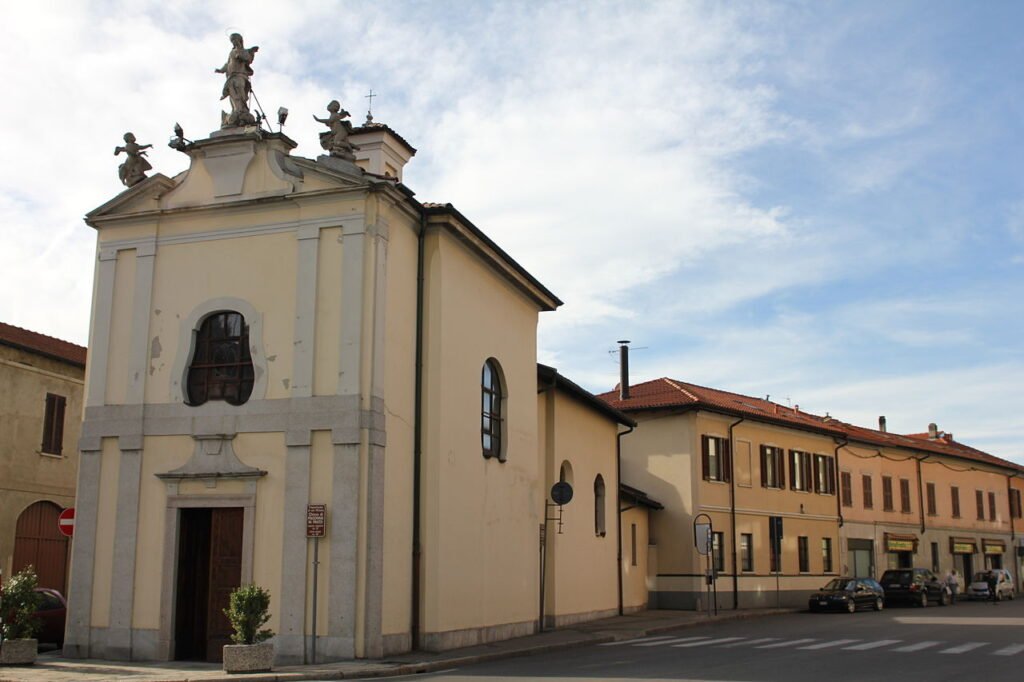
The church of Madonna in Prato is a small church in Busto Arsizio, belonging to the parish of San Michele Arcangelo. Formally it is entitled to the Immaculate Conception but is commonly known as Madonna in Prato (“Virgin at the lawn”).
On the site, at the fork of the roads leading to Gallarate on the right and Verghera and Arnate on the left, a shrine containing a painting of a Nursing Virgin object of popular devotion stood since the twelfth century. The shrine was enlarged several times and fenced and, at the end of the sixteenth century, transformed into an oratory through the addition of a rectangular hall covered with wooden trusses and a flat ceiling.
Church of the Holy Apostles Peter and Paul
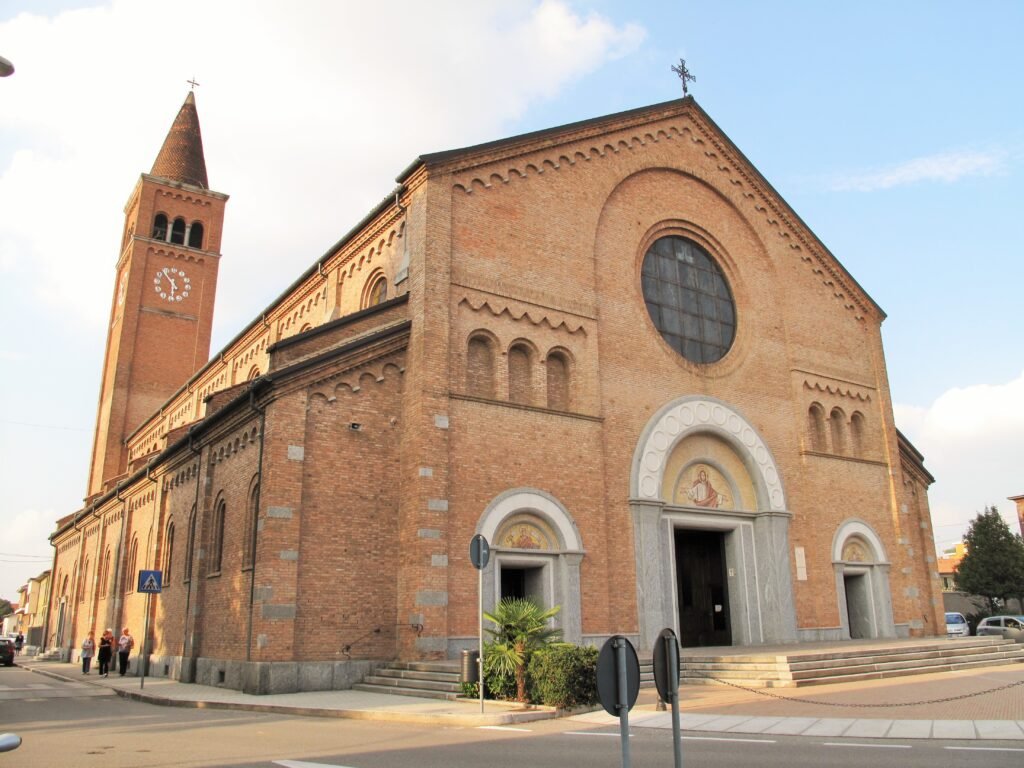
The church can be seen when entering Apostoloi village, south above the ring road heading to the uphill road. This is the central church of the village, which is dedicated to the Holy Apostles Peter and Paul. It was built in 1880, while the construction of the belfry was completed in 1905. On the north wall, the side entrance and the window are framed by an impressive portico, while above the window there is a three-lobed bell tower of the church.
